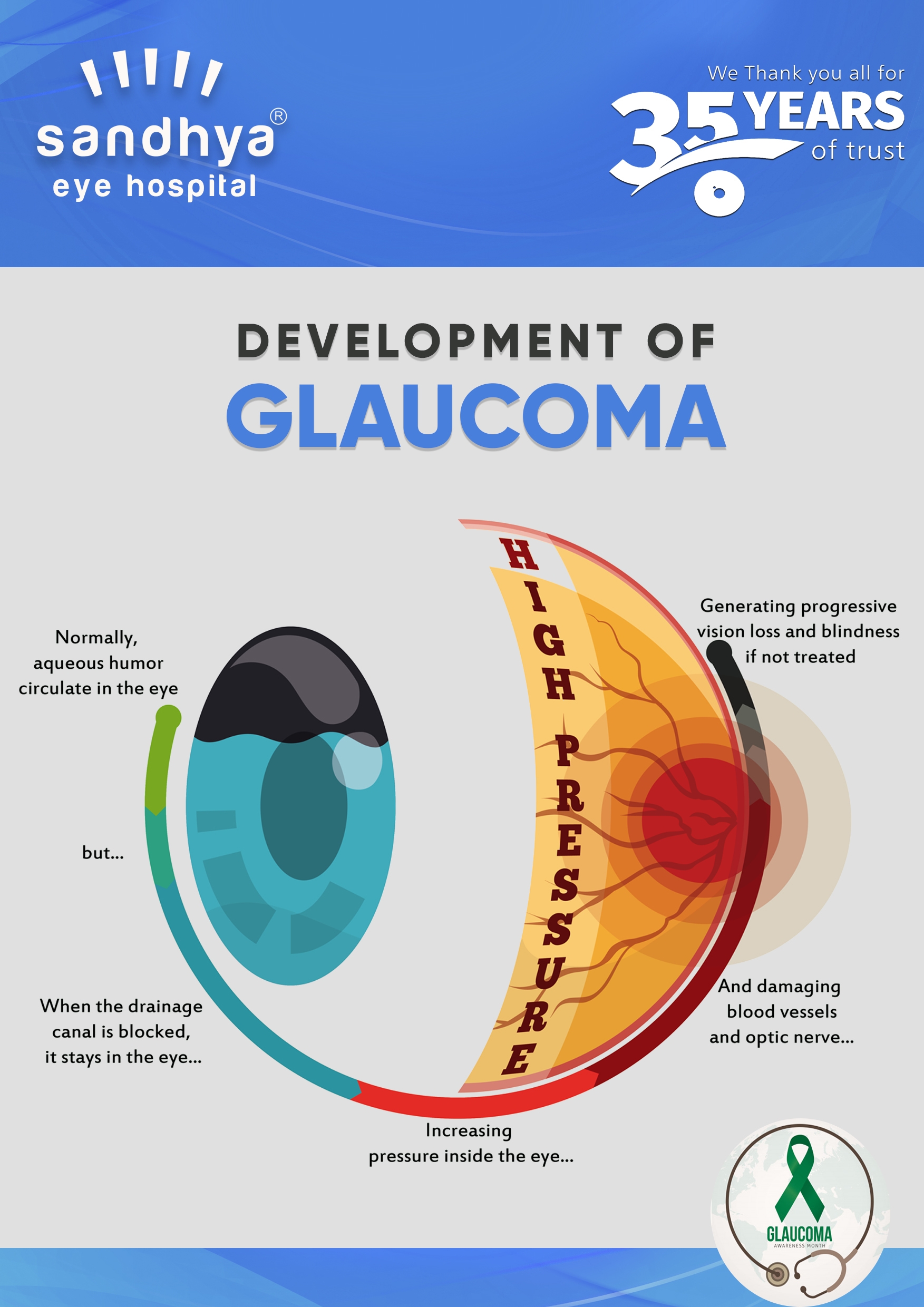Retina Services
What is a retina?
The retina is the innermost layer of eye tissue, present at the back of the eye. Its primary function is to convert the image it receives into nerve impulses that can be interpreted by the brain. Its functions are analogous to that of a film in a camera. It contains various kinds of cells, of which the majority are called rods and cones. The rods are associated with dim-lit conditions and black and white perception while the cones function in well-lit conditions and are associated with color vision. As the neural structure of the eye, it performs a vital role in vision and proper retinal care is required to prevent permanent visual loss in certain diseases.
Symptoms of Retinal abnormalities
- Quick flashes of light or brightness in either or both eyes
- Blurred vision
- A curtain-like shadow descending in your vision suddenly
- Decreased peripheral vision
- Floaters (tiny black specs which tend to float in front of your eyes)
One should seek help whenever a retinal problem is suspected, as soon as possible. Like the earlier, the disease is detected and treated, the better your chances of preserving and improving your vision.
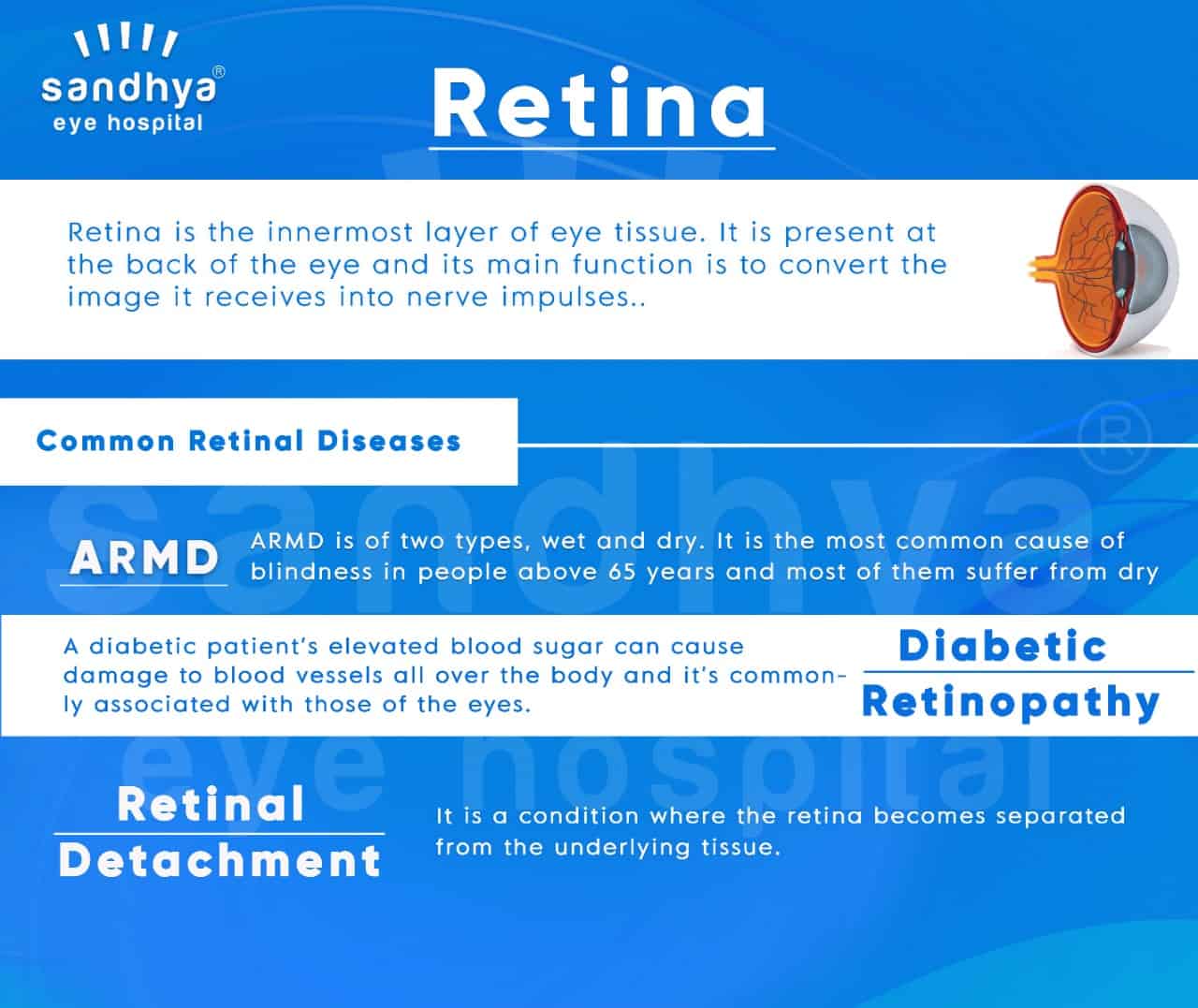
ARMD (age-related macular degeneration)
A condition where the central part of the retina (called the macula) gradually deteriorates. ARMD is of two types, wet and dry. It is the most common cause of blindness in people above 65 years and most of them suffer from dry ARMD. Dry ARMD usually doesn’t cause blindness but it can convert to the wet form occasionally which is characterized by new vessels being formed over the macula and leaking fluid over it. Surgeons can recommend laser treatment to stop the growth of such vessels and prescribe vitamins to delay the progression of the disease.
Diabetic Retinopathy:
Diabetic retinopathy refers to the changes that develop in the retina in people plagued by diabetes. With the increase in life expectancy of people suffering from diabetes more cases of Diabetic retinopathy (DR) is being diagnosed. It has come to such an extent that it is the leading cause of blindness in the developed world!
The duration of diabetes is the most important factor in the development of such a condition with about 20% of diabetics developing DR after 10 years and that number dangerously increasing anywhere between 75% to 90% after 20 years. Heredity, smoking, and poor blood sugar control can accelerate the disease. Other co-morbid diseases like high blood pressure and obesity also accentuate the development of the condition.
The disease develops due to increased blood sugar in the body which damages blood vessels throughout the body by weakening the walls of the vessels. Thus these vessels start leaking blood into the retina causing deterioration of vision.
If you experience any of the above symptoms, fading of colors, or poor night vision you should get your eyes checked immediately by your doctor. It is recommended that every diabetic should get their eyes checked annually to detect any early retinal changes.
Your doctor will check your blood sugar and perform certain eye tests during a comprehensive eye examination to detect such changes including a slit lamp examination, retinoscopy, and advanced scans called fundus fluorescein angiography.
Treatment of these changes depends on the stage of the disease among other factors and includes:
- Regular eye checkups initially to monitor the development of the disease.
- Injections called anti-VEGF to slow down the changes.
- Laser treatment to plug the leaking blood vessels.
- In advanced cases with scarring, they might recommend a surgery called a vitrectomy.
Screening of diabetics becomes important to detect these changes early and take necessary steps to prevent further damage. It is recommended that a diabetic get their eyes checked every year by a specialist. Early intervention can be the difference between good vision and blindness!
Retinal Detachment:
It is a condition where the retina becomes separated from the underlying tissue. Usually, due to trauma, even severe near-sightedness and certain eye conditions like diabetic retinopathy can also cause retinal detachment. Regardless of the cause it is a medical emergency and can lead to complete vision loss if not diagnosed and treated immediately.
If you ever experience any of those above-mentioned symptoms suddenly please do consult a doctor immediately as it is of paramount importance for a quick action to be taken. The outlook for your vision can vary drastically in a matter of hours. Your doctor might consider performing procedures such as laser photocoagulation, gas bubble injection, or silicone oil injection into your eye to push back the collapsing retina and keep it in place.
Retinal Vein Occlusion:
A central retinal vein occlusion is a blockage of the blood vessel which drains the eye. It can be caused due to a blood clot or a disease which affects the blood vessel such as diabetes, glaucoma, high blood pressure, or atherosclerosis (hardening of blood vessels). Sudden blurring of vision in the eye is the most common symptom of RVO. There are various treatment modalities for RVO including systemic treatments, intravitreal agents (certain substances are injected into the back of the eye), laser photocoagulation, fibrinolytic treatment, and surgical approaches. Even though most strategies are aimed at complications of the disease like macular edema (swelling) and new blood vessel formation, some options create a bypass of the obstruction in the vein and help decrease the pressure build-up in the eye.
As the neural structure which directly communicates with the brain through the optic nerve, the retina is a vital structure of the eye and even the human body. Therefore its care and treatment should not be neglected and should always be placed in the capable hands of your doctor.
Warning: Undefined variable $ins_bg_color in /home2/sandhobb/public_html/wp-content/plugins/inotura-vc-elements/vc_template/VC_service-box.php on line 594
Warning: Trying to access array offset on value of type bool in /home2/sandhobb/public_html/wp-content/plugins/inotura-vc-elements/vc_template/VC_service-box.php on line 648
Warning: Trying to access array offset on value of type bool in /home2/sandhobb/public_html/wp-content/plugins/inotura-vc-elements/vc_template/VC_service-box.php on line 690
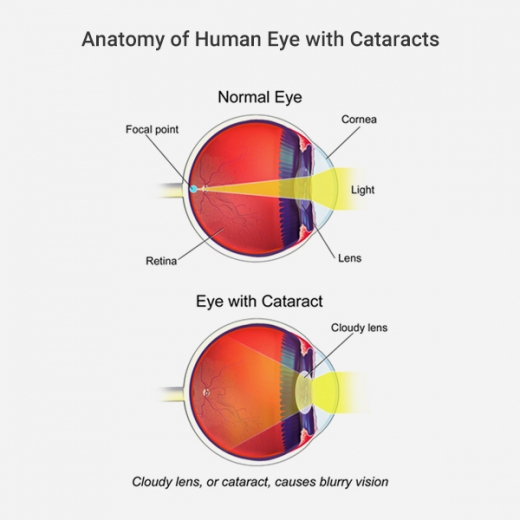
Cataract
Warning: Undefined variable $ins_bg_color in /home2/sandhobb/public_html/wp-content/plugins/inotura-vc-elements/vc_template/VC_service-box.php on line 594
Warning: Trying to access array offset on value of type bool in /home2/sandhobb/public_html/wp-content/plugins/inotura-vc-elements/vc_template/VC_service-box.php on line 648
Warning: Trying to access array offset on value of type bool in /home2/sandhobb/public_html/wp-content/plugins/inotura-vc-elements/vc_template/VC_service-box.php on line 690
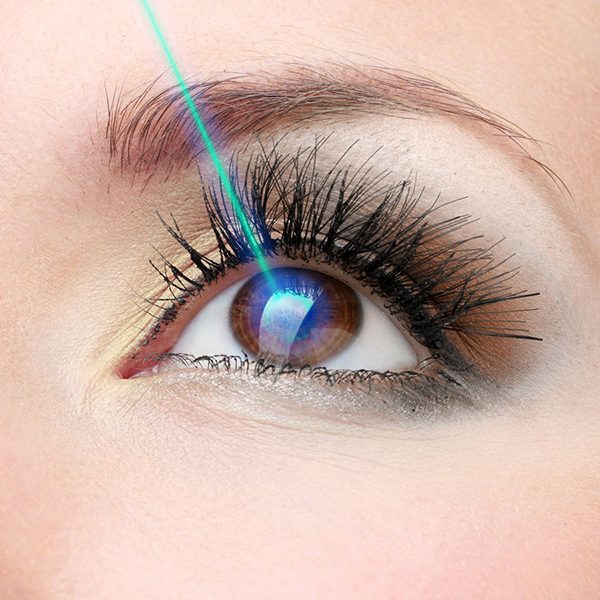
LASIK
Warning: Undefined variable $ins_bg_color in /home2/sandhobb/public_html/wp-content/plugins/inotura-vc-elements/vc_template/VC_service-box.php on line 594
Warning: Trying to access array offset on value of type bool in /home2/sandhobb/public_html/wp-content/plugins/inotura-vc-elements/vc_template/VC_service-box.php on line 648
Warning: Trying to access array offset on value of type bool in /home2/sandhobb/public_html/wp-content/plugins/inotura-vc-elements/vc_template/VC_service-box.php on line 690
